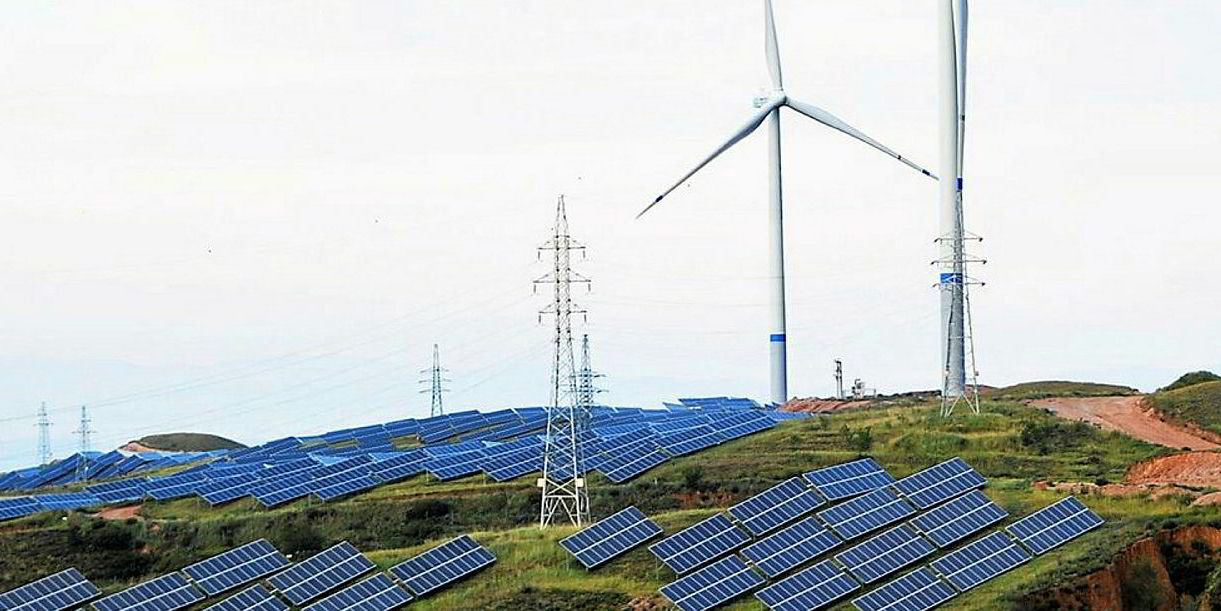Global installations of wind and solar capacity combined to hit a new record around 160GW in 2018, according to researcher BloombergNEF, with the PV industry in particular putting up stunning growth numbers despite the crash of the Chinese market.
The biggest story of 2018 for the global renewables industry was China’s domestic solar market. Last June Beijing dumped cold water on the market, by far the world’s largest, in an effort to stem the sector’s ballooning subsidies.

